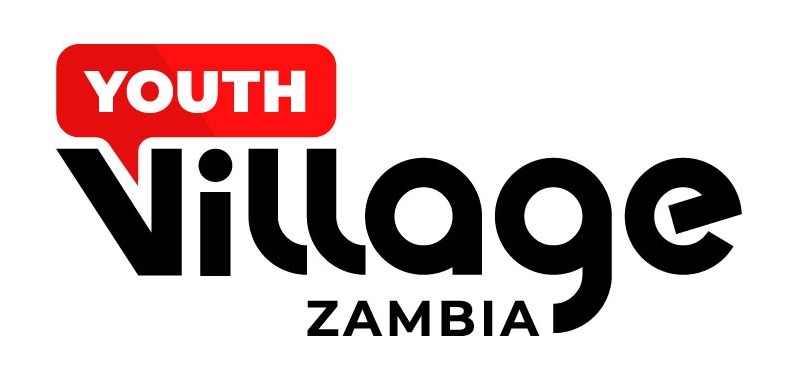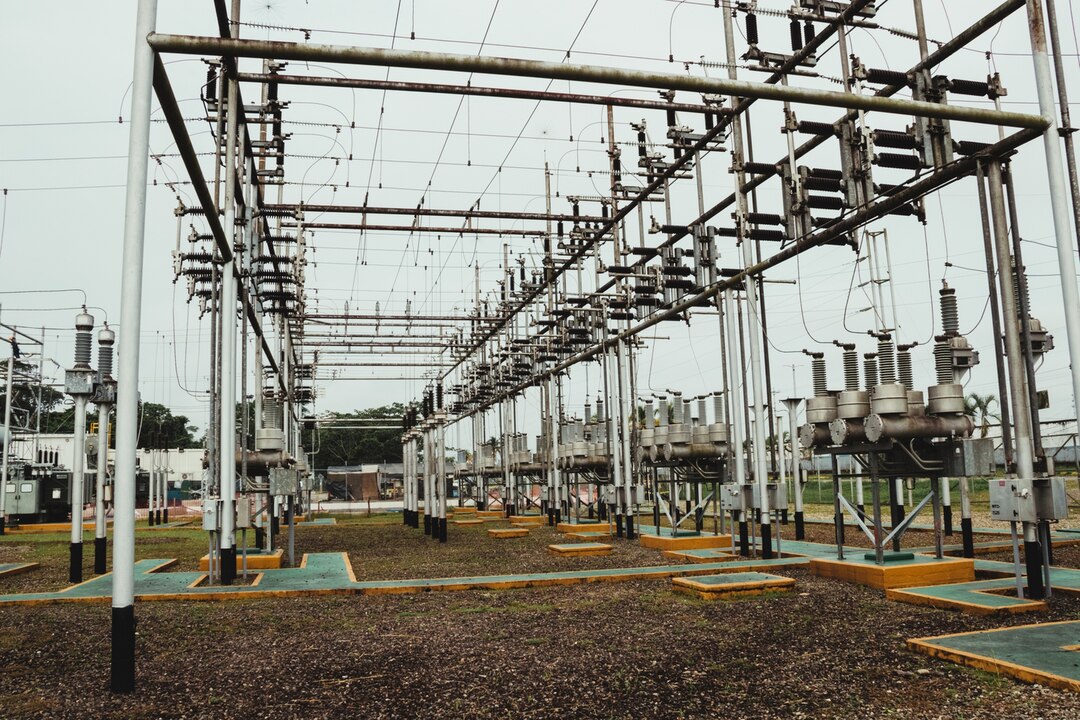On Tuesday, Zimbabwe and Zambia experienced a synchronized nationwide power blackout following a surge in the regional power grid. The shutdown, initiated by South African utility Eskom, occurred just before 1 PM, with restoration efforts beginning an hour later. Authorities warned that full restoration could take several hours, affecting millions of people across both nations.
Eskom’s Shutdown to Protect Infrastructure
Eskom sources revealed that the surge, which originated from failures in Zimbabwe’s transmission infrastructure, posed a significant threat to the Southern African Power Pool (SAPP)—a regional electricity-sharing network. To prevent “serious infrastructure damage,” Eskom cut off the SAPP system, halting supply to Zimbabwe and Zambia.
This marks the second major blackout in two weeks for the two countries, highlighting the fragility of their energy systems and the strain on regional electricity cooperation.
Causes of the Blackout
Industry insiders attributed the surge to over-importation of electricity by Zambia from Mozambique. Power from Mozambique’s Electricidade de Moçambique (EdM) is routed through Zimbabwe before reaching Zambia. However, the heavy demand overwhelmed Zimbabwe’s aging transmission infrastructure, triggering an overcurrent.
“Zambia has been heavily importing power from Mozambique through the SAPP system,” explained an energy expert. “The strain on Zimbabwe’s systems caused the surge, forcing Eskom to act to protect the regional grid.”
Hydropower Challenges Worsen Energy Security
Both Zimbabwe and Zambia are grappling with diminished hydropower output due to critically low water levels at Lake Kariba, one of the world’s largest man-made reservoirs. The reduced capacity has severely impacted electricity generation, leaving both nations heavily reliant on imports from neighboring countries like South Africa and Mozambique.
Need for Long-Term Energy Solutions
This blackout underscores the pressing need for infrastructure upgrades and investment in energy security across the region. While the Southern African Power Pool has facilitated collaboration, the recent surges have exposed its vulnerabilities when local systems fail to manage demand.
Efforts to address energy shortages are underway in both countries, with authorities accelerating renewable energy projects and improving grid capacity. However, experts warn that achieving energy security will take years, leaving the region susceptible to further blackouts in the short term.
As restoration efforts continue, Zimbabwean and Zambian governments face growing pressure to fast-track solutions that reduce dependence on imports, strengthen local infrastructure, and ensure stable electricity supply for their citizens.
This latest incident highlights the challenges of regional energy cooperation and the urgent need for robust, localized power systems to support sustainable growth and development.






